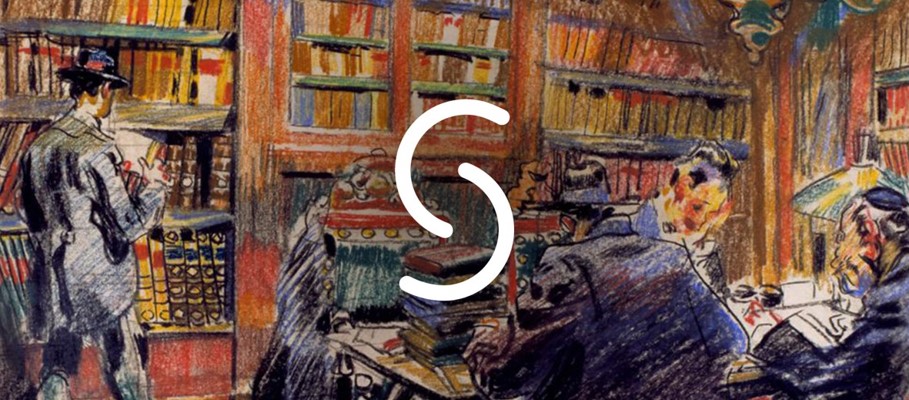Jacques de Lannoy
Item
-
Country
-
BE
-
Name of institution (English)
-
FelixArchief (Antwerp City Archives)
-
Language of name of institution
-
dut
-
Contact information: postal address
-
Oudeleeuwenrui 29, 2000 Antwerpen
-
Contact information: phone number
-
0032 33389411
-
Contact information: email
-
stadsarchief@antwerpen.be
-
Reference number
-
BE SA 83643
-
Type of reference number
-
Archival reference number
-
Title (English)
-
Jacques de Lannoy
-
Title (official language of the state)
-
Jacques de Lannoy
-
Language of title
-
fra
-
Creator / accumulator
-
Jacques de Lannoy family archive
-
Date note
-
17th century/18th century
-
Language(s)
-
dut
-
fra
-
Type of material
-
Textual Material
-
Scope and content
-
The Jacques de Lannoy fonds comprises correspondence from various people addressed to Jacques de Lannoy and his family. It contains letters from 45 different senders. The collection includes a few letters exchanged between the Portuguese Jewish merchant Lopo Ramirez (alias David Curiel), from Amsterdam, and the New Christian financier Thomas de Sampayo, from Antwerp. Two examples are the following:
IB 1933: letter from Lopo Ramirez to Thomas de Sampayo written on January 13, 1648, requesting information about the prices and quality of wheat and rye in Amsterdam. Ramirez provided the required information, offering to buy the products and ensure their shipping.
IB 1934: letter from Lopo Ramirez to Thomas de Sampayo written on May 18, 1648, reporting the arrival of several grain convoys from the Baltic, which caused the fall of the grain price in Amsterdam. Ramirez suggested that the time was convenient for bulk purchases of grain to supply the army.
-
Archival history
-
The Jacques de Lannoy collection is part of the Insolvente Boedelskamer Antwerpen (Chamber of Insolvent Estates in Antwerp) archives. This is a crucial collection of documentary heritage, which allows us to understand and analyse international relations and interactions in the Early Modern Period (1500-1800).
In the 16th century, Antwerp was one of the most important centres of the world economy, a very rapidly growing and vibrant metropolis that based its wealth on international trade, as well as on banking and communication, especially during the reign of the Habsburg emperor Charles V. In this context of rapid expansion and international trade, a very special institution was developed in Antwerp. In order to protect the interests of creditors and clients, the Antwerp municipal council ordered that, from 1518 onwards, all papers, correspondence, archives and possessions of the insolvent or bankrupt individuals or firms had to be confiscated immediately and curated by an officer of justice: the so-called “amman”.
This resulted in more than 150 archives of companies, firms and traders, which were confiscated or guarded in the Town Hall of Antwerp. By virtue of the nature of this procedure, a whole series of snapshots of the economic, social, and cultural life and networks in the 16th, 17th and 18th centuries is available in the Insolvente Boedelskamer collections. The people involved were operating on an international scale. This implies that the whole collection offers information on international relations worldwide from the 16th to the 18th century.
-
(source: UNESCO - Memory of the world register)
-
Administrative / Biographical history
-
Jacques de Lannoy (1661-1728) was born in Lille but settled in Antwerp. He married Cornelia de Brier, widow of Henry van den Berghe. Lannoy ran a business in partnership with his brother Louis Lannoy, his wife Cornelia de Brier and his niece Petronella de Waerseggere. Later, Lannoy acquired the seigniory of Zwijndrecht.
-
(source: FelixArchief website)
-
System of arrangement
-
The fonds is organised alphabetically according to the names of the senders of the correspondence (surname, name).
-
Author of the description
-
Kevin Soares, 2022
